A complete explanation of the difference between energy drinks and nutritional drinks by a real maniac (for Japan and Asia)
Energy Drinks Are Soft Drinks, Nutritional Drinks Are Quasi-Drugs

To briefly explain, the current difference between energy drinks and nutritional drinks in Japan is as follows:
- Energy Drinks... Soft Drinks
- Nutritional Drinks... Quasi-Drugs
Energy drinks, which are included in soft drinks, are considered food products. Since they are food, they cannot claim any effects.
Nutritional drinks are quasi-drugs, and while they are drinks, they are not classified as "food." Quasi-drugs can claim effects, but the condition for being a quasi-drug is that there are no risks of side effects.
Therefore, energy drinks are considered just juice and are deemed to have no risks, while nutritional drinks, which are quasi-drugs, can claim effects but must ensure there are no risks of side effects. Both are considered to be products without risks.
Difference in the Presence of Taurine
If taurine is included, it is classified as a quasi-drug. Most energy drinks in Japan avoid becoming quasi-drugs by not including taurine.
Why Energy Drinks Stick to Being Soft Drinks
For quasi-drugs, there are more complicated rules, procedures, and approvals required for production and sale compared to soft drinks, making it more cumbersome, but it also allows for the marketing of a product with a certain level of reliability by claiming effects.
On the other hand, since soft drinks are food, they cannot claim effects, but the process to sell them is less complicated. Also, for energy drinks, claiming effects doesn’t necessarily lead to higher sales, so there’s no need to unnecessarily stick to being a quasi-drug. (The reason why products with more caffeine than Red Bull come out but quickly disappear is due to this.)
Related Articles
Up until this point, we have explained the differences between nutritional drinks and energy drinks in Japan in terms of classification as quasi-drugs and soft drinks.
As an energy drink enthusiast, I will now dive deeper into explaining the differences between nutritional drinks and energy drinks.
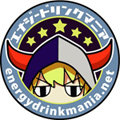 Author: Energy Drink-kun
Author: Energy Drink-kun
In 2001, while living in the United States, I encountered energy drinks through the dance scene and was deeply impressed. After returning to Japan, I found that energy drinks were considered novelty beverages, so I established a comprehensive website in 2013 to share the true appeal of energy drinks. As an energy drink enthusiast, I began drinking them seriously again, collecting over 7,000 varieties of energy drinks from various countries. I am also active as a critic and expert, receiving media interviews.
Differences in Drinking Situations
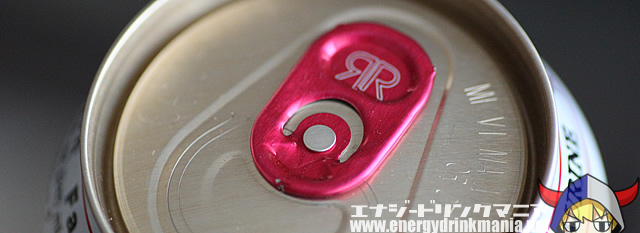
This is the image many people likely have in mind:
- Energy Drinks... Push further into a positive state, enjoy the taste
- Nutritional Drinks... Recover from a negative state to above positive, boost energy, recover stamina/fatigue
Nutritional drinks are consumed when you're tired, when you need to push through something still ahead, or when you're feeling under the weather, to bring you back from a negative to a positive state.
On the other hand, energy drinks are consumed in already active situations, to enhance enjoyment, or sometimes just for the taste as a juice, and the drinking occasions are completely different from nutritional drinks.
Unique Image of Energy Drinks in Japan
However, the image of energy drinks in Japan is often that of "the overseas version of nutritional drinks," so many people might drink them as substitutes for nutritional drinks.
Energy drinks only contain sugar, the caffeine equivalent of one cup of coffee, small amounts of vitamins, and trace amino acids, so unfortunately, they don’t have an effect on improving health when you're unwell.
Japanese Energy Drink Manufacturers Also Had the Image of Nutritional Drinks
During the 2014 energy drink boom, many new energy drink products were released. The taste and product concepts were all quite similar, with many advertisements saying things like "for when you need to push yourself" or "for when you need to hold on," so the idea was more about creating products with the mindset of nutritional drinks, which were then marketed according to trends.
In fact, many of the follow-up products that were released in a rush at that time are no longer available today. The manufacturers likely only understood the difference between energy drinks and nutritional drinks as "the difference between a food product and a quasi-drug," and didn’t see the full scope.
Is the Difference Between Bottles for Nutritional Drinks and Cans for Energy Drinks?
I once saw an article online saying "the difference between nutritional drinks and energy drinks is that one comes in a bottle and the other in a can" (;´∀`)
In reality, there is the Monster Energy M3, which is bottled and was released in the U.S. and Japan. I suspect that this "difference" was just added to stretch the explanation with the "bottle vs can" idea.
Though generally unknown to most people, there were several bottled Monster Energy products released in the U.S. and Sweden in the past, and the V energy drink, which holds the No. 1 share in Australia and New Zealand, still releases bottled products in large quantities.
So, speaking about the difference between nutritional drinks and energy drinks based on the container is incorrect.
Related Articles
Related for A complete explanation of the difference between energy drinks and nutritional drinks by a real maniac (for Japan and Asia)
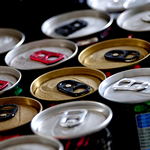 Explanation of Energy Drink Can Manufacturers and Logo Marks
Explanation of Energy Drink Can Manufacturers and Logo Marks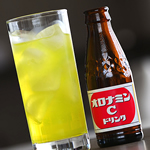 Was Oronamin C the World's First Carbonated Energy Drink?
Was Oronamin C the World's First Carbonated Energy Drink?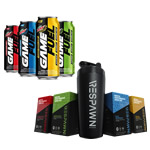 AMP GAME FUEL and RAZER RESPAWN – Are They Energy Drinks?
AMP GAME FUEL and RAZER RESPAWN – Are They Energy Drinks?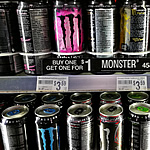 What is an Energy Drink? A Maniac Who Has Been Drinking Since 2001 Defines and Explains in Detail
What is an Energy Drink? A Maniac Who Has Been Drinking Since 2001 Defines and Explains in Detail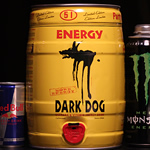 The world's largest energy drink can is 5 liters!
The world's largest energy drink can is 5 liters!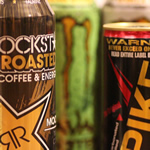 How to Buy & Import Foreign Energy Drinks For Japanese (Over 1000 Cans Purchased)
How to Buy & Import Foreign Energy Drinks For Japanese (Over 1000 Cans Purchased)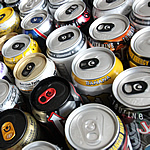 World's Strongest Ranking of Energy Drinks by Energy Drink Mania
World's Strongest Ranking of Energy Drinks by Energy Drink Mania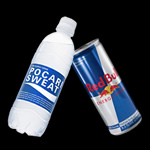 Red Bull mixed with Pocari Sweat is a placebo
Red Bull mixed with Pocari Sweat is a placebo Bottled energy drink cans
Bottled energy drink cans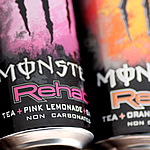 Ultimate Guide to Energy Drinks: 1540 Varieties Worldwide
Ultimate Guide to Energy Drinks: 1540 Varieties Worldwide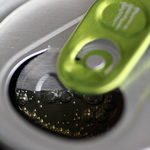 How to open a Monster Energy can without spilling (old Japan can)
How to open a Monster Energy can without spilling (old Japan can) Energy drink expiration date
Energy drink expiration date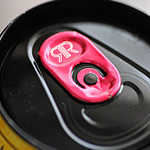 A complete explanation of the difference between energy drinks and nutritional drinks by a real maniac (for Japan and Asia)
A complete explanation of the difference between energy drinks and nutritional drinks by a real maniac (for Japan and Asia)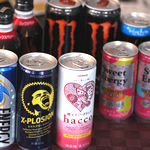 Energy drink cost
Energy drink cost How to Enjoy the Flavor of Energy Drinks
How to Enjoy the Flavor of Energy Drinks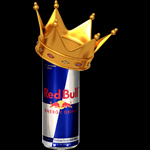 How to buy energy drinks cheaply (for Japanese)
How to buy energy drinks cheaply (for Japanese)


 Since 2001, Energy Drink Maniac has been drinking energy drinks and providing the most detailed reviews of global energy drinks based on firsthand research.
Since 2001, Energy Drink Maniac has been drinking energy drinks and providing the most detailed reviews of global energy drinks based on firsthand research.